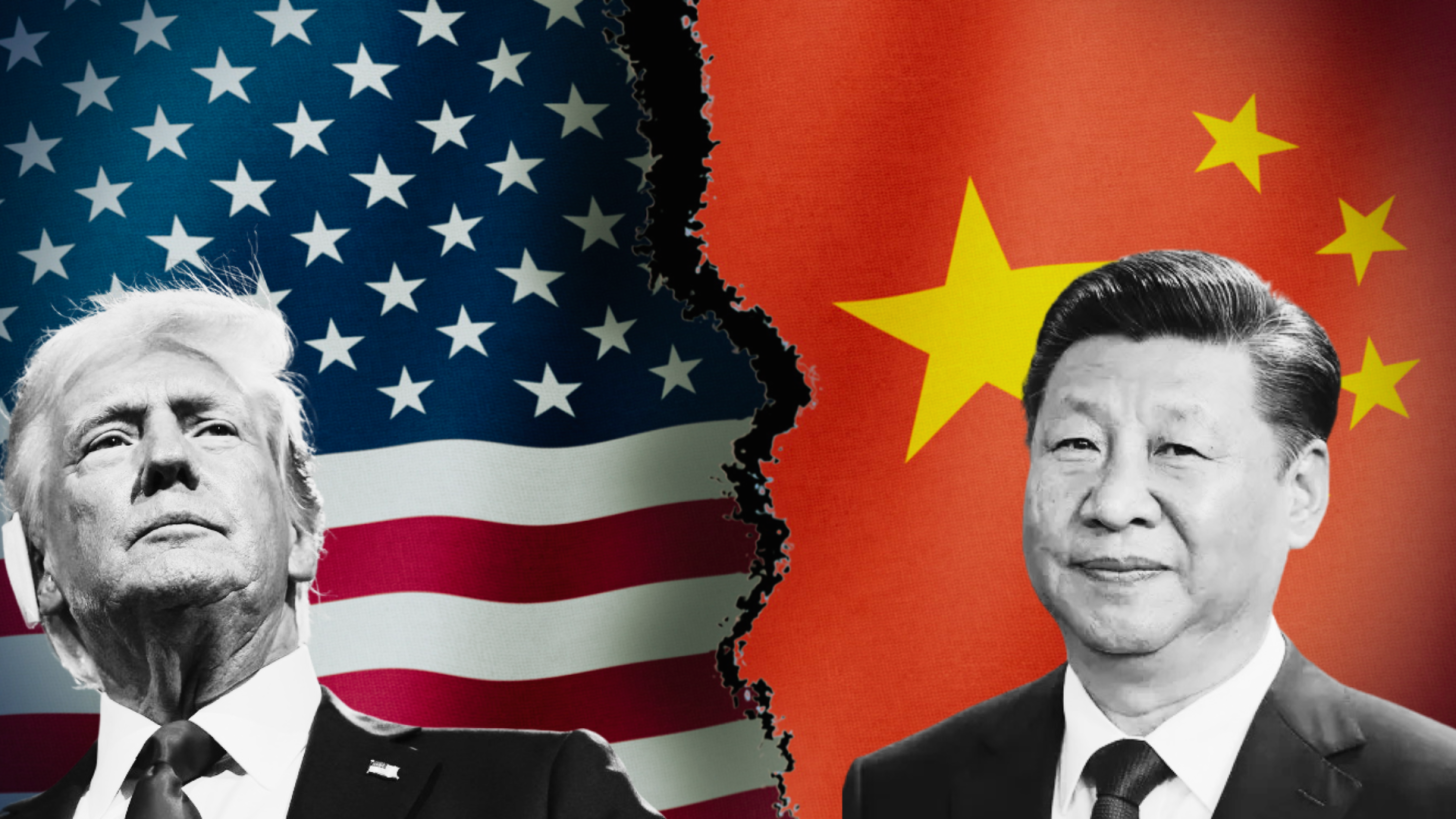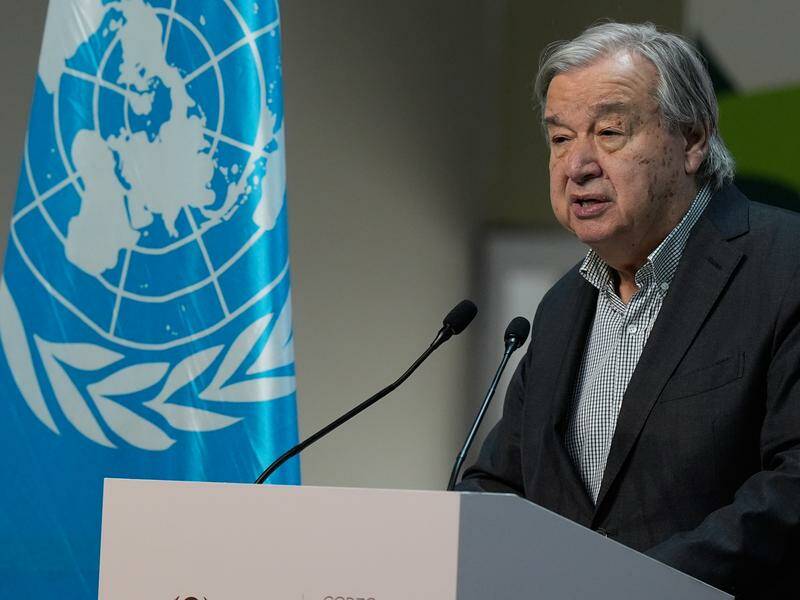China imposed new tariffs on US imports on Tuesday in response to President Donald Trump's 10 percent duty on all Chinese goods, reigniting trade tensions between the two largest economies. Within minutes of the US tariffs taking effect, China's Finance Ministry announced levies of 15 percent on coal and liquefied natural gas (LNG) and 10 percent on crude oil, farm equipment, and select automobiles, effective February 10. Export controls on key minerals were also introduced, citing national security concerns.
The trade standoff echoes the two-year conflict Trump initiated in 2018, which saw tit-for-tat tariffs disrupting global supply chains. Although China agreed in 2020 to increase its purchase of US goods by $200 billion, the deal faltered due to the COVID pandemic, and the trade deficit widened to $361 billion, according to Chinese customs data.
Trump justified the new tariffs as a measure to pressure China to stop the flow of fentanyl, a powerful opioid linked to thousands of US deaths. "If China doesn't stop sending fentanyl, the tariffs will go substantially higher," he warned. China dismissed the demand as America's issue and vowed to challenge the tariffs at the World Trade Organization while keeping the door open for talks.
In contrast, Trump temporarily suspended planned tariffs on Mexico and Canada after securing agreements on border and crime enforcement. Canadian Prime Minister Justin Trudeau and Mexican President Claudia Sheinbaum pledged additional security measures, including the deployment of National Guard troops along Mexico's northern border and advanced technology on Canada's frontier.
Trump praised the deals with Mexico and Canada as a step toward ensuring national security, but economic analysts predict further escalation with China. Oxford Economics has already downgraded its growth forecast for China, warning of potential disruptions to the global economy.
The trade standoff echoes the two-year conflict Trump initiated in 2018, which saw tit-for-tat tariffs disrupting global supply chains. Although China agreed in 2020 to increase its purchase of US goods by $200 billion, the deal faltered due to the COVID pandemic, and the trade deficit widened to $361 billion, according to Chinese customs data.
Trump justified the new tariffs as a measure to pressure China to stop the flow of fentanyl, a powerful opioid linked to thousands of US deaths. "If China doesn't stop sending fentanyl, the tariffs will go substantially higher," he warned. China dismissed the demand as America's issue and vowed to challenge the tariffs at the World Trade Organization while keeping the door open for talks.
In contrast, Trump temporarily suspended planned tariffs on Mexico and Canada after securing agreements on border and crime enforcement. Canadian Prime Minister Justin Trudeau and Mexican President Claudia Sheinbaum pledged additional security measures, including the deployment of National Guard troops along Mexico's northern border and advanced technology on Canada's frontier.
Trump praised the deals with Mexico and Canada as a step toward ensuring national security, but economic analysts predict further escalation with China. Oxford Economics has already downgraded its growth forecast for China, warning of potential disruptions to the global economy.


















